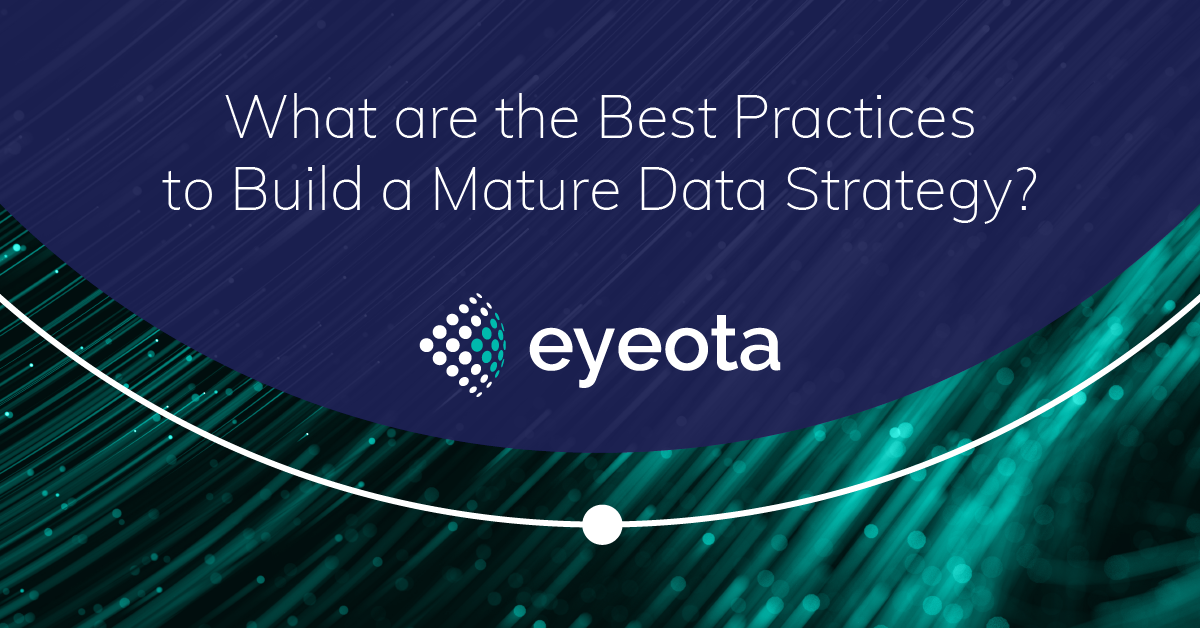Once an organization has built a data-centric culture and invested in the tools to develop its data strategy, the next step in the process is to establish some practices to maintain and scale this strategy as data usage matures within the organisation.
Data maturity looks at the degree to which an organization uses—or is able to use—the data that it produces. Business decision-makers understand that an ethos of data-centricity is essential in order to stay ahead of customer expectations and to harness the more effective marketing opportunities.
A company that’s able to leverage all or most of its data to advance its business goals is considered data mature. By contrast, a company that fails to put its data to work is considered data immature.
But how do data mature organisations actually manage to put their data to work?
There are a few key characteristics shared by just about every data mature organisation:
- They manage data as an enterprise asset and have data strategies that are closely tied to their business objectives.
- Their data governance personnel have clearly delineated roles and responsibilities and understand the importance of great data to the business.
- Their Data Producers/Data Creators are fully aware of the need to provide high-quality data to their Data Customers/Data Consumers
Being very good at just a few of these capabilities is not enough. According to the Eyeota-commissioned study by Forrester which surveyed 300 decision-makers, 53 percent are already building data profiling capabilities that assess customers with similar characteristics. And a further 62 percent have started establishing key metrics to monitor on-boarding practices that measure and optimize future customer engagement effectively.
On top of this, business leaders also need to stay up to date with the evolving compliance and data privacy regulations. According to the Forrester study, 56 percent of decision-makers believe they are agile to these regulations with Australian and UK businesses being the most mature in this domain – 76 percent and 81 percent respectively considering themselves flexible to privacy regulatory developments.
Achieving data maturity is attainable if organizations are willing to make the necessary changes to their people, processes, and products. In order to become a more data mature organization, the first step a business has to take is to understand the purpose of data. It has to be treated like an overall business plan, with constant revisions, updates and innovations to ensure that it reflects the reality of an organisation's situation while continuing to push it to be and do better. Proper use of data isn’t just about following the rules and writing the right thing down on paper; it’s about being creative and recognising data’s greater purpose.
Download our Forrester Study Harness First Party Data in Your Onboarding Journey now to explore today's data priorities and practices and how firms must leverage first-party offline data in their customer engagement strategies.

